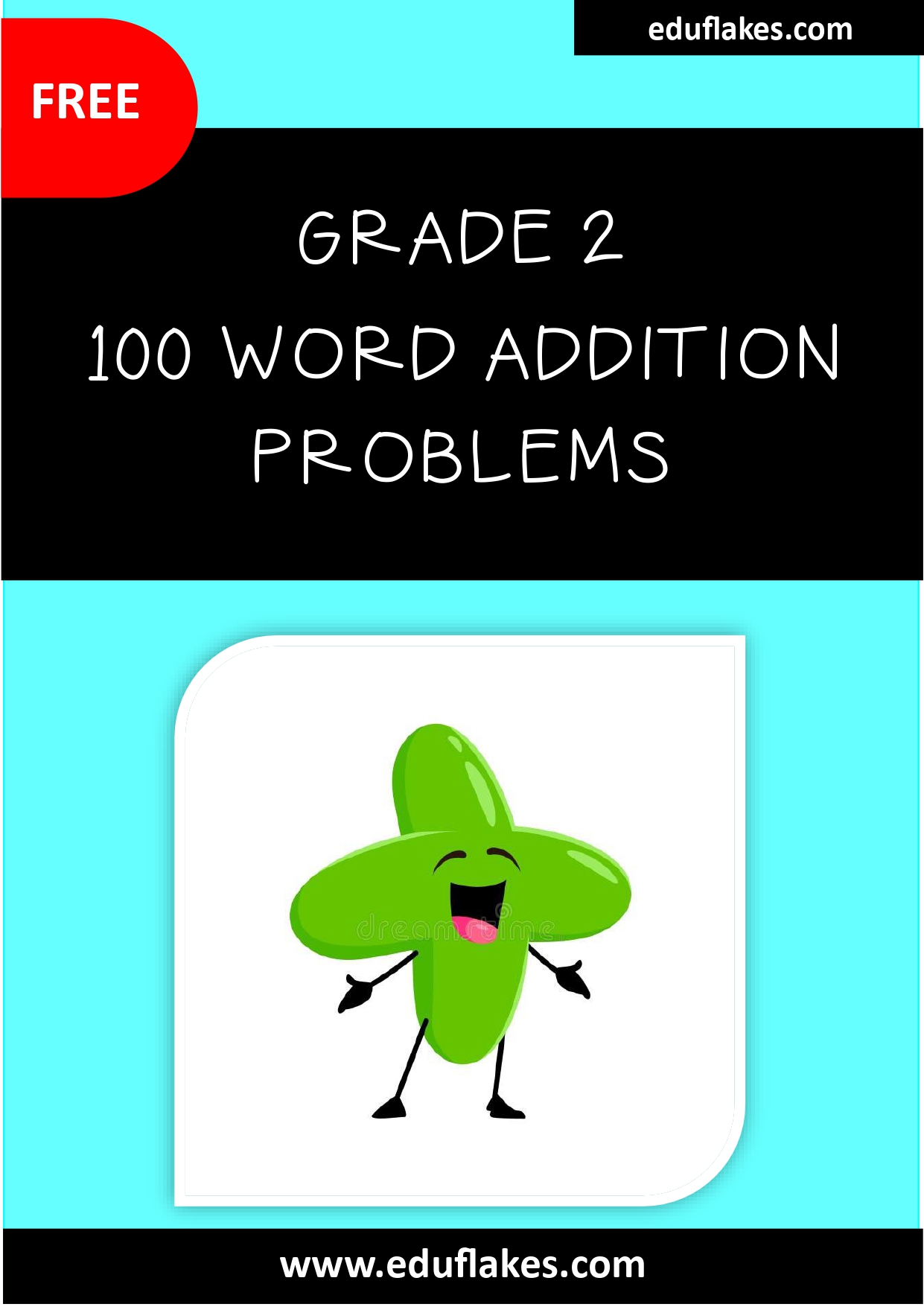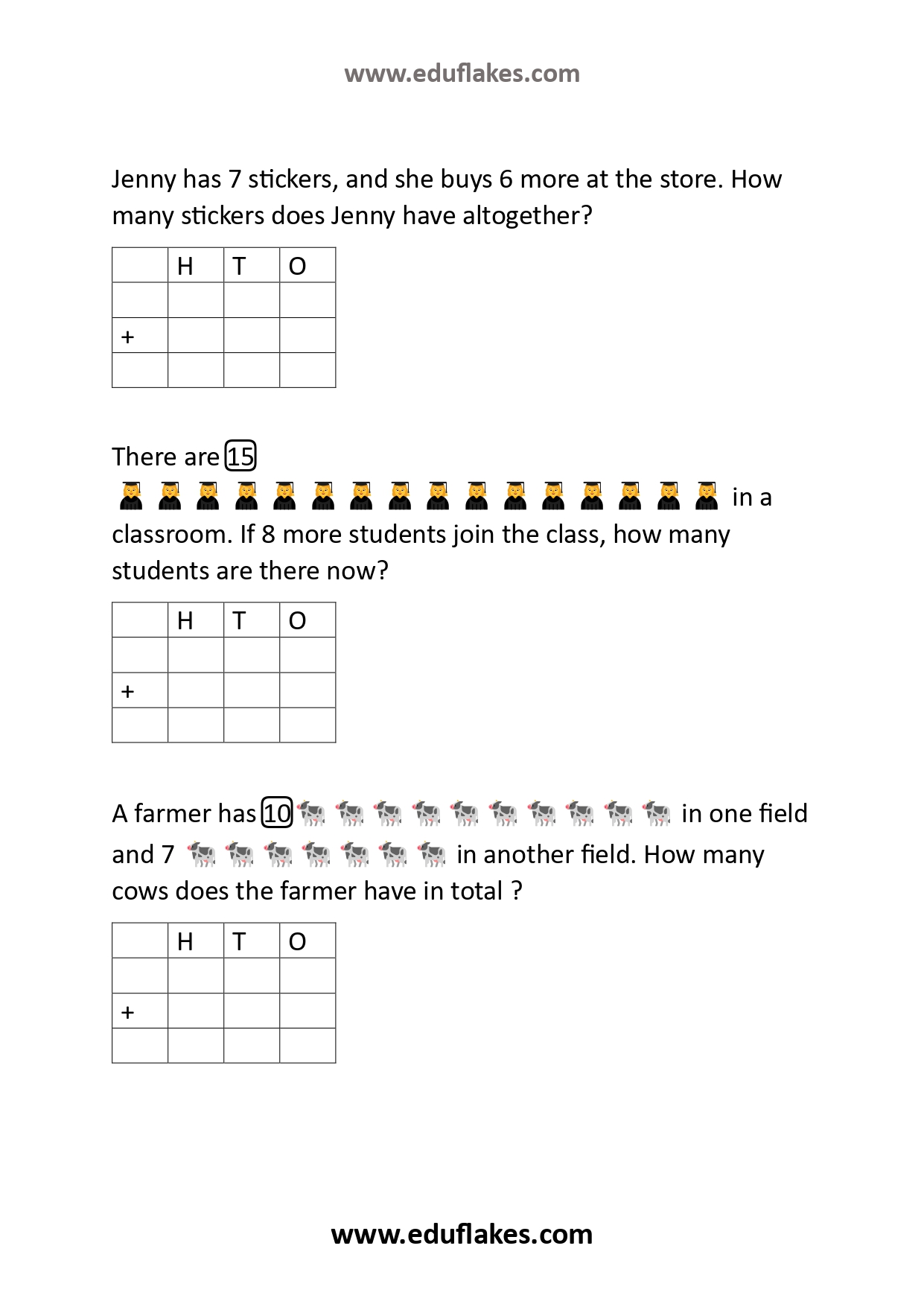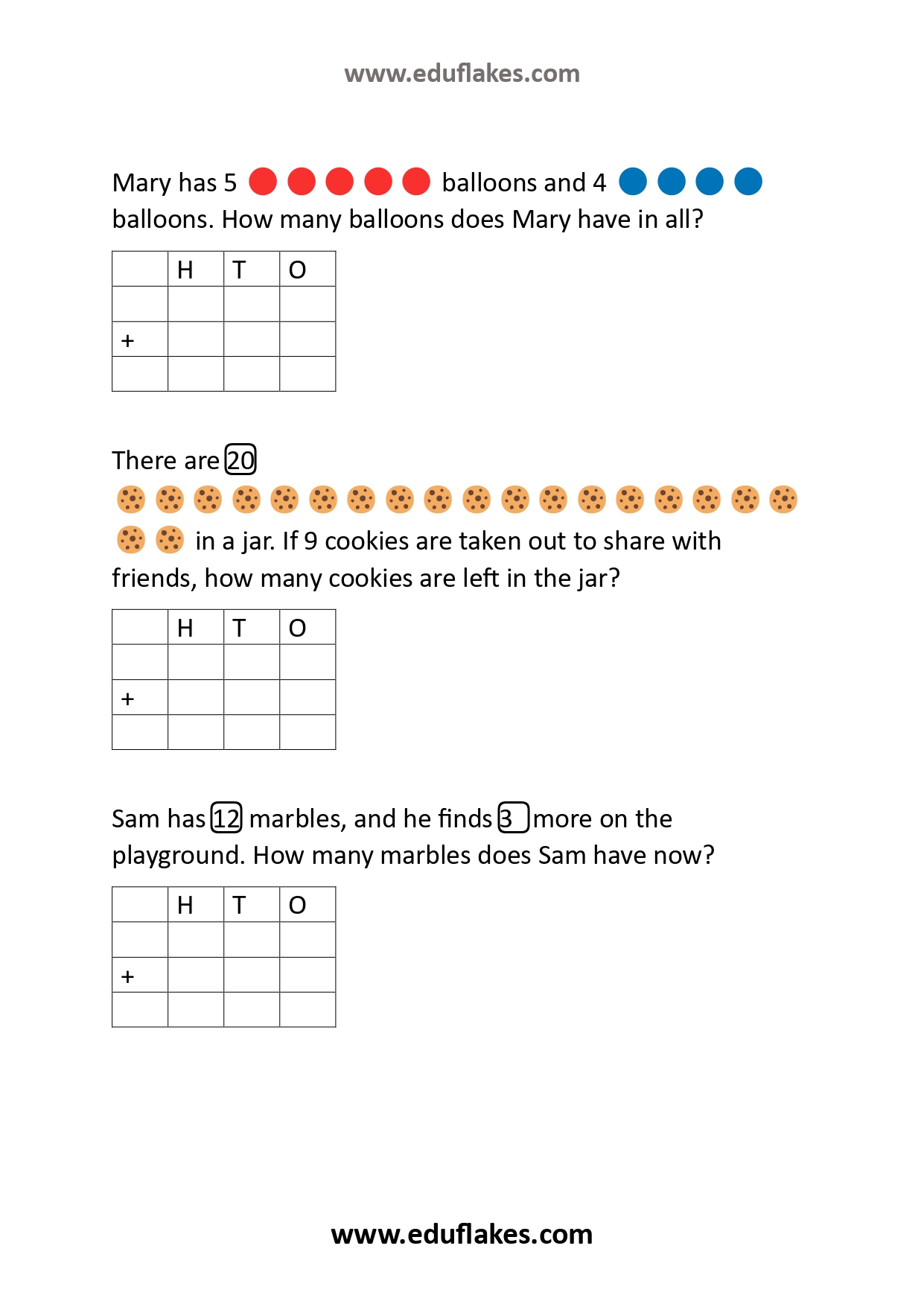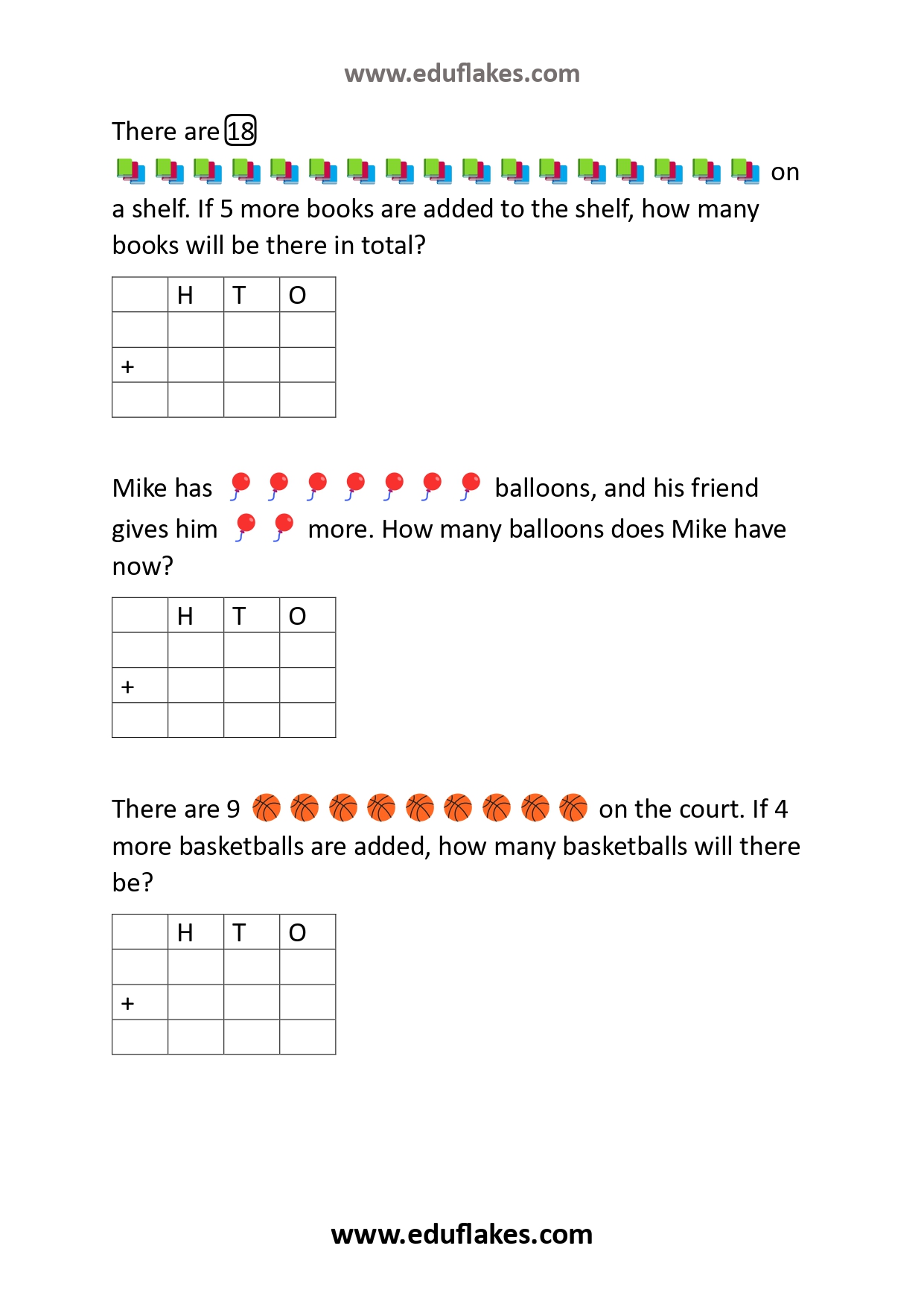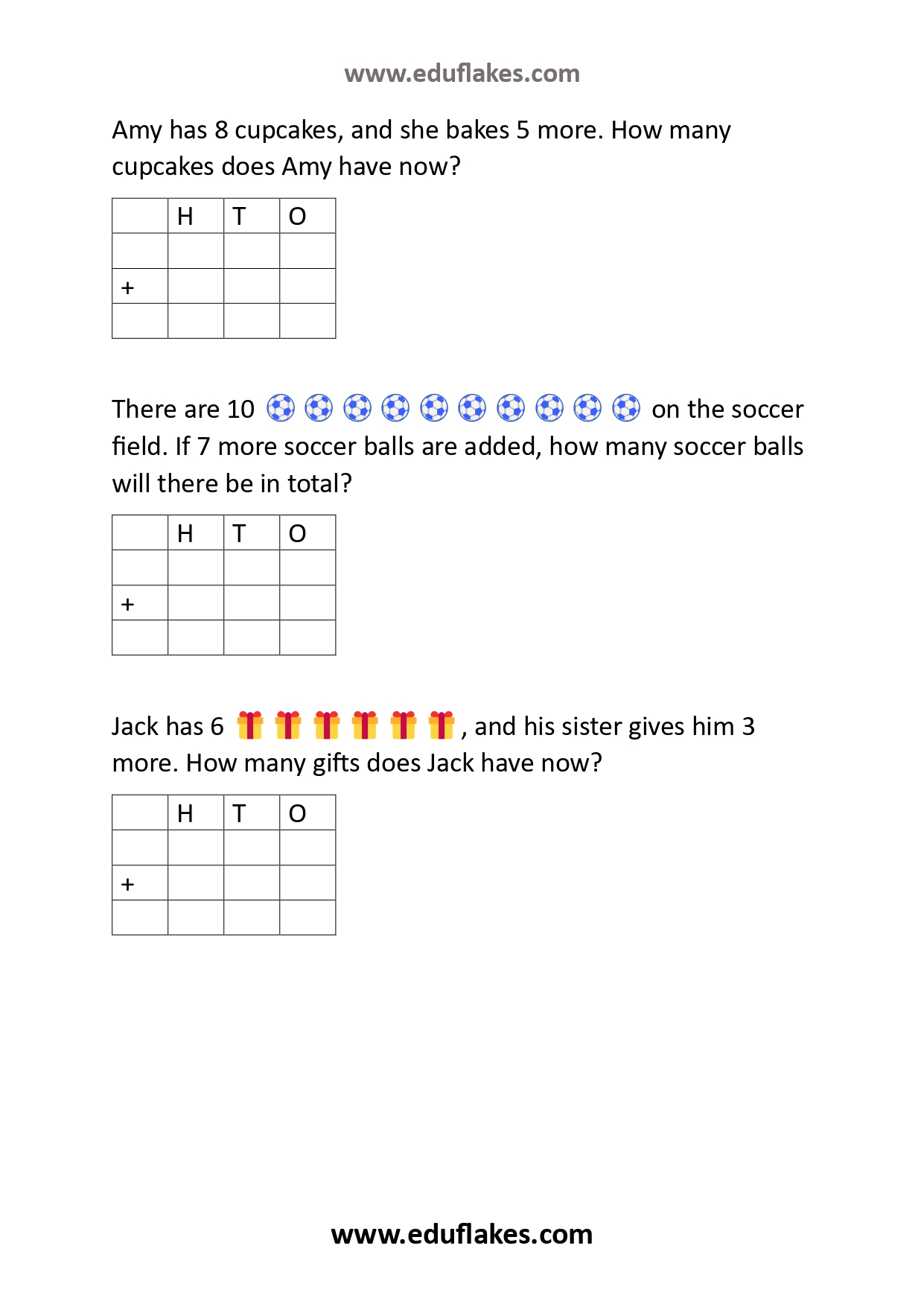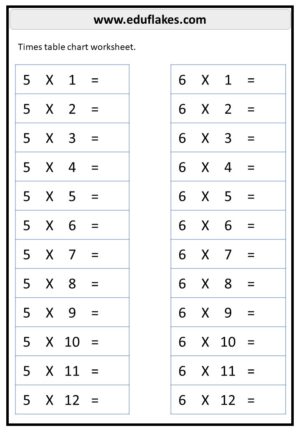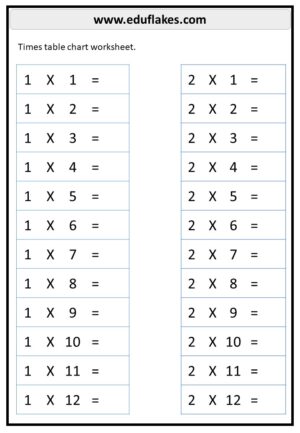Free grade 2 addition and subtraction word problems worksheets – Learning addition is a fundamental skill that lays the groundwork for mathematical comprehension and problem-solving abilities. In grade 2, children embark on an exciting journey of numerical exploration, and mastering addition is a crucial milestone in their mathematical development. Through engaging worksheets tailored to their level, students are introduced to the concept of combining quantities and understanding the relationship between numbers.
One of the primary reasons why it’s important for kids to learn addition is that it enhances their number sense and computational fluency. By practicing addition regularly, students become more adept at quickly recognizing number patterns, manipulating numbers, and performing mental calculations. These skills not only facilitate success in mathematics but also have real-world applications, such as budgeting, shopping, and measuring quantities.
Moreover, learning addition fosters critical thinking and problem-solving skills. As students encounter various addition scenarios in worksheets, they are encouraged to analyze the problem, strategize different approaches, and apply appropriate techniques to find the solution. This process promotes logical reasoning, perseverance, and the ability to think flexibly—a valuable asset in tackling complex mathematical problems and everyday challenges.
Additionally, mastering addition builds a strong foundation for learning other mathematical concepts, such as subtraction, multiplication, and division. Understanding addition principles lays the groundwork for comprehending inverse operations, recognizing number relationships, and grasping the concept of equality. As students progress through their mathematical journey, the solid understanding of addition acquired in grade 2 serves as a scaffold upon which they can construct further mathematical knowledge and skills.
Furthermore, learning addition promotes confidence and a positive attitude towards mathematics. As students successfully solve addition problems and experience a sense of accomplishment, they develop a growth mindset and a belief in their ability to tackle challenging tasks. This confidence not only benefits their academic performance but also instills a lifelong love for learning and a willingness to embrace new challenges.
